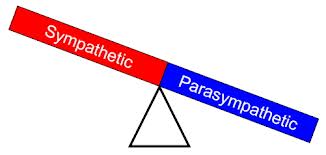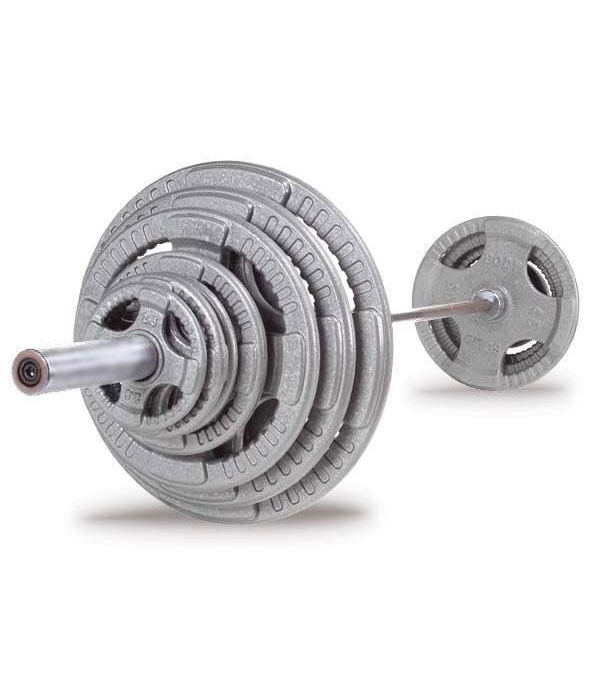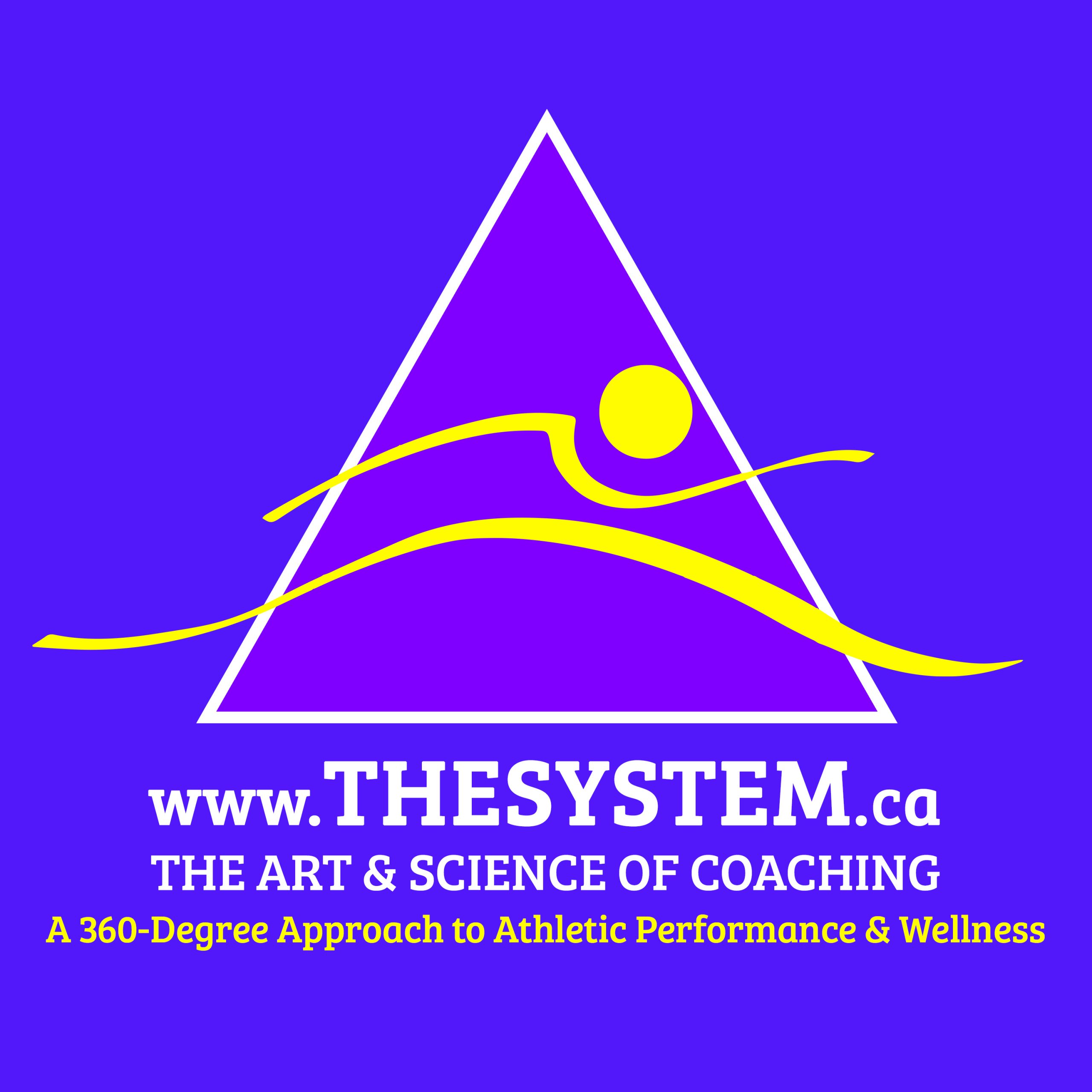PART II
To continue from our last post, here are a few more Training Principles that coaches and athletes should adhere to.
5. Develop the Broadest Conditioning Paradigm
Most of us, quite simply…
“Train our athletes how we train ourselves”
Making steady improvements every year, but do “re-invent the wheel” and make drastic changes that is how conditioning should flow. Expecting or training for large increases in performance in a very short period of time, is the outcome of an overly zealous coach and guaranteed recipe for disaster for the athlete.
“You can not rush a river without major changes in hydrodynamics & the surrounding environment.”
Success leaves clues. Look at what other training groups were doing and determining what made them successful.
“Absorb what is useful and discard what is deemed not useful.”
– Bruce Lee –
Always evaluate each individual training method and determine the science behind it and the suitability of that method to the methodology you are currently using, and for the individuals you coach.
Learn to assess low yielding training methods.
“You want the biggest bang for your buck”
When the trend of balance training was making its way through the fitness and sport performance industry, standing on a physio ball doing squats is considered good training. However, the risks far exceed the reward.
6. Regeneration is the Foundation by, which Conditioning can Advance (i.e. Quality overrides Quantity)
It is important to ascertain the recovery status between bouts of training, both within a session and from one session the next.
If the athlete’s muscles are not ready for training, there is no point in putting the athlete through a workout session. Not only would the results of the session be poor, but you would also be putting the athlete at serious risk for injury. Instead, teach the athlete how to regenerate using various practical means.
“The value of a sound, well implemented regeneration program, sometimes far exceeds conditioning itself”
Coaches must learn to develop a hands-on approach towards regeneration via massage (please obtain written permission for the athlete / parent before attempting to do this & never perform it in private quarters. Always make sure others are present). Providing consistent pre and post massage work on athletes helps to hasten recovery or assess their “Readiness-To-Be-Trained-Status” (RTBTS). The information the coach can receive from the massage plays an important role in how he/she prescribes the type and volume of work to their athletes each day.
Training programs are often too rigidly compiled, with specific types volumes and intensities of work being prescribed on specific days. Coaches and athletes get into a habit of completing this work regardless of how the athlete feels. If Monday is a “speed” day, then that’s what would be implemented. Adopt a …
“I don’t know let us see methodology”
Speed / high intensity technical weightlifting work cannot be adequately performed on a given day if the athlete has not recovered (centrally or peripherally) sufficiently. On such a case, the plan must be altered, so that the training element proposed, meets, but does not exceed, the adaptation potential for that particular type of training.
“Quantity cannot describe Quality but Quality can describe Quantity”
Learn to communicate with and collect information from your athletes on many different levels. Communicate with others in their peer group, not to find out more “dirt” on them, but instead to inquire on their moods and behaviors.
Establish a simplistic training daily monitoring system along with massage to determine RTBTS. Coaches can also use other means of non-verbal communication from such means as stretching routines and foam rolling protocols to identify muscle soreness and stiffness ratings.
Having other active strategies in place to hasten recovery via the use of massage, contrast baths, saunas, EMS etc… can only further accelerate the rate of adaptation to conditioning.
“Excellent technical execution + high degree of physical effort = high degree of Qualitative Results”
“Poor technical execution + high degree of physical effort Qualitative Results = Poor”
All of an athlete’s work is organized in a manner that elicits the best possible quality of performance. Low intensity work is designed to assist with recovery and the maintenance of a baseline of physical conditioning that props up and sustains the higher intensity elements of training.
Learn to take adequate rest between bouts of exercise. Full recovery periods are required for high intensity training (i.e. speed, plyometrics, weight loads > 80% 1 RM) to ensure the quality of effort can be maintained. Full recovery could mean five minutes of rest / active rest or as much as 45 minutes, in the case of speed work in excess of 120m.
7. Make a Clear Distinction Between Your Training Intensities
Make a clear distinction between what comprises a maximal effort (i.e. 95-100%) and a low intensity effort. Stay away form the medium intensities, when you are simultaneously employing high intensity training. The Middle intensity, in this case, will leave the athlete with minimal reserves to tackle the higher intensity work. Maximal intensity yields a greater positive adaptation to both the C.N.S. and the involved muscle and connective tissue. Low intensity work, serves as a form of Active Recovery, and is not haphazardly implemented, but strategically inserted around the more specific elements to synergistically generate greater levels of performance as the athlete approaches peak competitions.
8. Every Training Element Should Seamlessly Fit into & Enhance Other Training Elements
Every training element should serve a specific purpose and must be well thought out before its inclusion and / or implementation.
Conversely, many modern training approaches include long lists of exercises designed simply to provide variety, fill time and give the impression of completeness, work on minutia, and not serve any useful purpose.
9. All Training Elements Should Not Increase the Athlete’s Risk Towards Overtraining nor Add to Elevate Injury Potential. Instead, they must incrementally enhance performance over a period of time, and not by “the next day”
Quite simply, if the athlete is overly fatigued, there is an increase in injury potential as well as the obvious decrease in performance.
Many times we have worked with athletes that are “doing the right exercises associated to their chosen sport, but they are undertaking them, at the wrong time.” Without becoming overly complex, this is a recipe for sensory C.N.S. “shut down,” which basically translates into shifting the C.N.S. from a high-speed digital system to an analog system (i.e. moving skill up to a forebrain / thinking mode). Athletic movement occurs at very high rates of velocity, thus working at a Spinal or even faster, a Fascial loop.
Another thing we come across quite often, are coaches that seem to think Injury is part of athletics. Unless the injury occurred via contact with an object or another player, pretty much “ALL” self-sustained injuries are not only preventable, but they are “NOT part of sports.” They are, instead, a mere consequence of an ill-managed regeneration program and a improper application of coaching methodology.
Remember, Skill (i.e. neuro-muscular adaptations) lags behind conditioning by at least 2 to 3 weeks. Metabolism (i.e. hormonal and physiological adaptations) lags behind by 2 to 4 months. Structure (i.e. connective tissue etc…) lags behind 4 to 6 months. So before implementing rapid new stress loads on the athlete, think twice, as adaptation can take longer than what you may think is required. Incidentally, if the athlete is getting injured (i.e. stress type injuries / repetitive strain), it could be that the coach is not allowing for proper adaptation to occur based upon the type of conditioning he/she is implementing.
10. It is vital that coaches understand the difference between the Sympathetic C.N.S. vs. the Parasympathetic C.N.S. w.r.t. Regeneration & performance

Before we delve into the discussion, it is important to understand 8 key concepts:
1) The body is a unit.
2) Structure and function are reciprocally inter-related.
3) The body possesses self-regulatory mechanisms.
4) The body has the inherent capacity to defend and repair itself.
5) When the normal adaptability is disrupted, or when environmental changes overcome the body’s capacity for self-maintenance, disease may ensue.
6) The movement of body fluids is essential to the maintenance of health.
7) The nerves play a crucial part in controlling the fluids of the body.
8) There are somatic components to disease that are not only manifestations of disease, but also are factors that contribute to maintenance of the disease state.
Therefore, the coaches / therapists duty is to ensure the factors that inhibit optimal health are in balance in the body through natural, non-invasive & hands-on techniques, such as: Passive Low Intensity Stretching, Fascial unwinding (deals with connective tissue, tendons and fascia), Cranial-Sacral release, Lymphatic drainage, and sometimes-deep tissue massage (used to bring up the tone of weak muscles).
By utilizing these various modalities, the coach / therapist can inhibit mobility, strengthening unstable joints through muscle conditioning, enhance circulation and lymphatic drainage and improving nerve supply.
It is also the position of the coach / therapist to educate about diet and lifestyle choices as well.
So once conditioning has been terminated for the day, the body is in a high state of sympathetic dominance, especially following either a speed or weight training session. Hence the need to shut off the “flight or fright” response, and put the C.N.S. into a state of parasympathetic dominance.
Parasympathetic means that the body is able to perform 5 vital functions, to maintain optimal health, in other words, to achieve a level of homeostasis (i.e. “live to fight another day” so to speak). The functions are:
1) Relaxation
2) Rest
3) Remove waste products
4) Repair tissue that was damaged
5) Regenerate the fuel stores
“What does all mean?” Well, quite simply, it can be summed up in the following physiological responses to parasympathetic dominance:
a) An increase of Cerebral Spinal Fluid
b) An increase of cranial suture & membrane activity
c) Lowered C.N.S. firing
d) Lowered muscle tone
e) Decreased pain sensation
f) Lowered blood pressure
g) Increased sense of sleepiness
h) Increased immune response
i) Increased cellular and whole system elimination of waste.
j) Improved digestion of food
k) Decreases muscle and tissue fibrosis
11. Lastly, coaches and parents of younger children must become familiar with Growth & Maturation rates & injury potential
Too many times we, at The System, have witnessed either parents and / or coaches of pre-teen adolescents continue to subject the child to high volume or high impact type sports or training on hard surfaces and in cold weather, such as running; only see the outcome of such a strategy, lead to repetitive stress type injuries.
As mentioned earlier, structure lags behind conditioning. Knowing this becomes even more critical when you are dealing with bodies that are growing exponentially to the rate of physical adaptation. In cases such as this, it is best advised to lower the training volume and / or seek softer, more forgiving training surfaces, until the growth spurt has normalized. Coaches and parents should measure the heights of the athlete, at least once a month, during this time frame, to best then determine the appropriate course of conditioning methodology.
During the 80’s and 90’s, the majority of the East German Women mid-distance runners, were conditioned on the grass. In fact, about 80% was done on the grass or in the pool! This was done, in order that they could maintain a high degree of volume without the impacting their joints! Note, these were mature women, not adolescent children!




